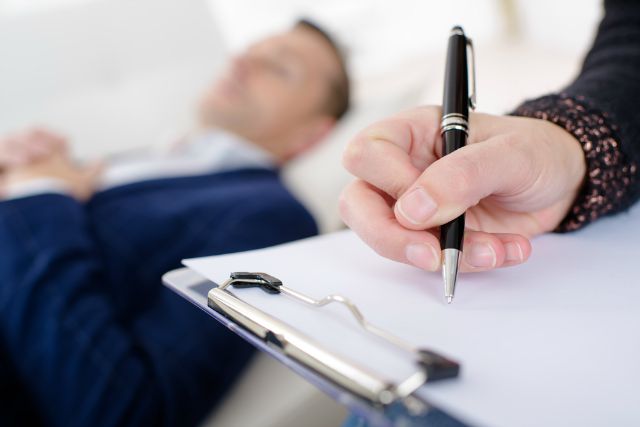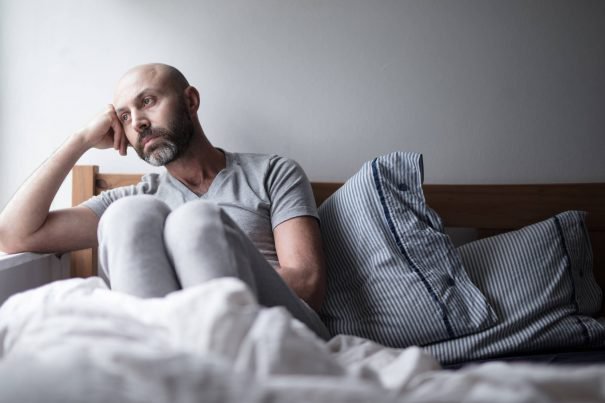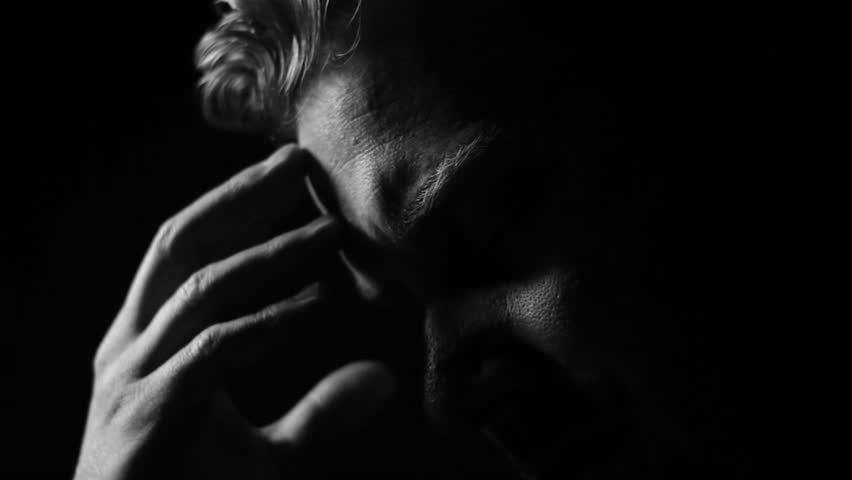
The Young And The Old

People who have atypical depression usually sleep and eat a lot. They are emotionally reactive and constantly remain anxious says Dr. Noble. Those who have melancholic depression, on the other hand, cannot sleep and usually ruminate over guilt-ridden thoughts. Young adults mostly have atypical depression, and the melancholic type occurs mostly in older people.
Treatment-Resistant Depression

There are many people who suffer from a major depressive disorder that cannot be treated effectively. These folks cannot have good results even after trying one type of antidepressant to another. Their depression never seems to fade. “Maybe it’s genetic, maybe it’s environmental,” Dr. Noble claims, “Their depression is just tenacious.”
A Confusing Treatment

Trying to cure treatment-resistant depression initiates with a workup that would help properly diagnose and specify other psychiatric and medical reasons for the symptoms. The doctors who treat patients like these, tend to switch the kind of medicine if they see that one type does not work. They usually end up testing several kinds of antidepressants including antipsychotic.
Subsyndromal Depression
 When someone shows many signs of depression but does not necessarily tick all the symptoms of someone having a major depression can be a victim of “subsyndromal” depression. These people may show just two or more symptoms but not all five of the symptoms noted. They may even be depressed only for the duration of a week, not two according to Dr. Noble.
When someone shows many signs of depression but does not necessarily tick all the symptoms of someone having a major depression can be a victim of “subsyndromal” depression. These people may show just two or more symptoms but not all five of the symptoms noted. They may even be depressed only for the duration of a week, not two according to Dr. Noble.
Not Symptoms But Functionality

“Rather than look at symptoms, I usually look at functionality,” she explains. The main question that comes up is if these people can go along fine doing their day to day responsibilities or are they able to still function at work. If they appear to be finding trouble, then they may be able to find that the treatment helps reduce their instability using medication.
Persistent Depressive Disorder

People who have a persistent depressive disorder (PDD) usually show an unhappy, dark, or sad mood majority of the time and days. They mostly have two added symptoms of depression that has been there for 2 years. In youngsters, PDD aka dysthymia, the symptoms include irritability or other signs of depression that has occurred for a year or two. “It may wax and wane in intensity, but generally it’s a low level of depression,” Dr. Noble claims.
